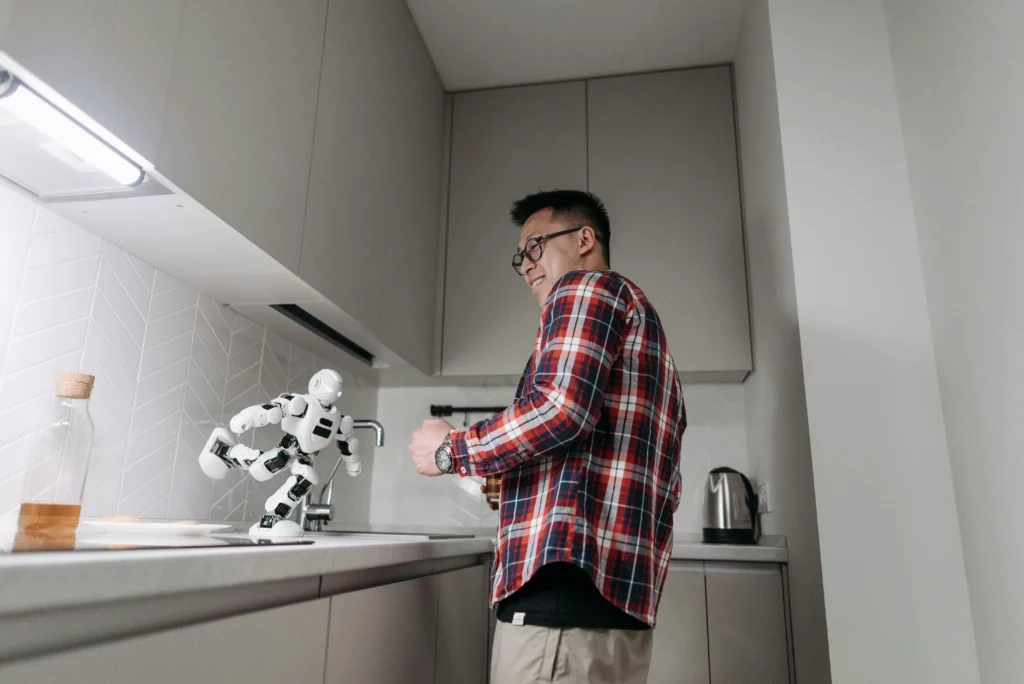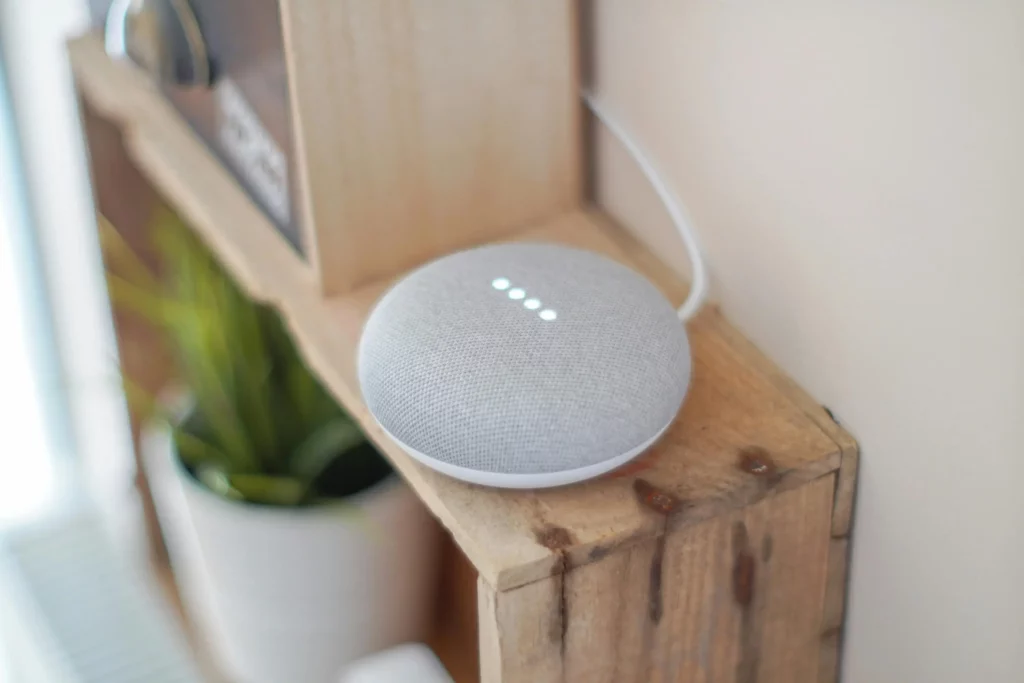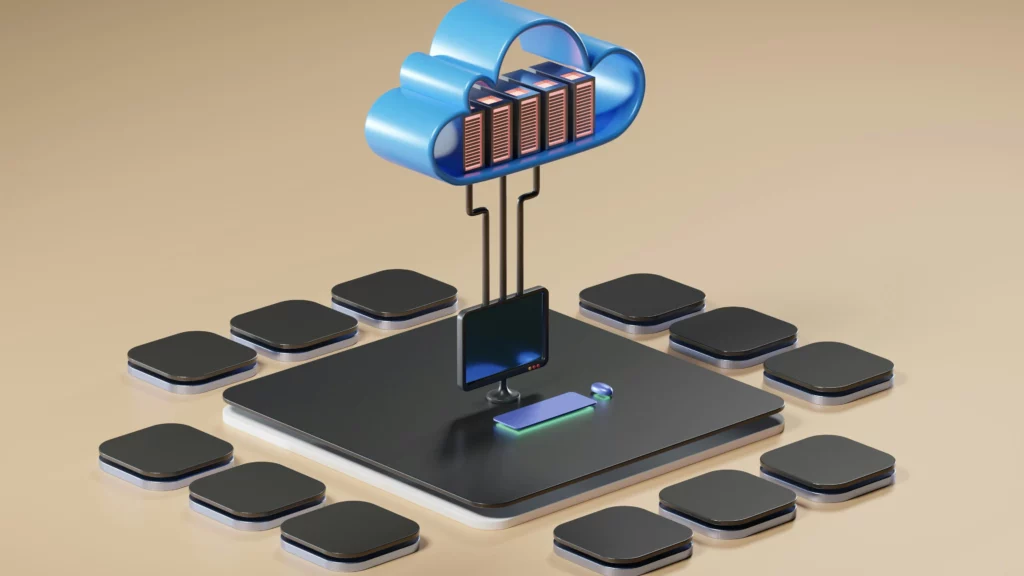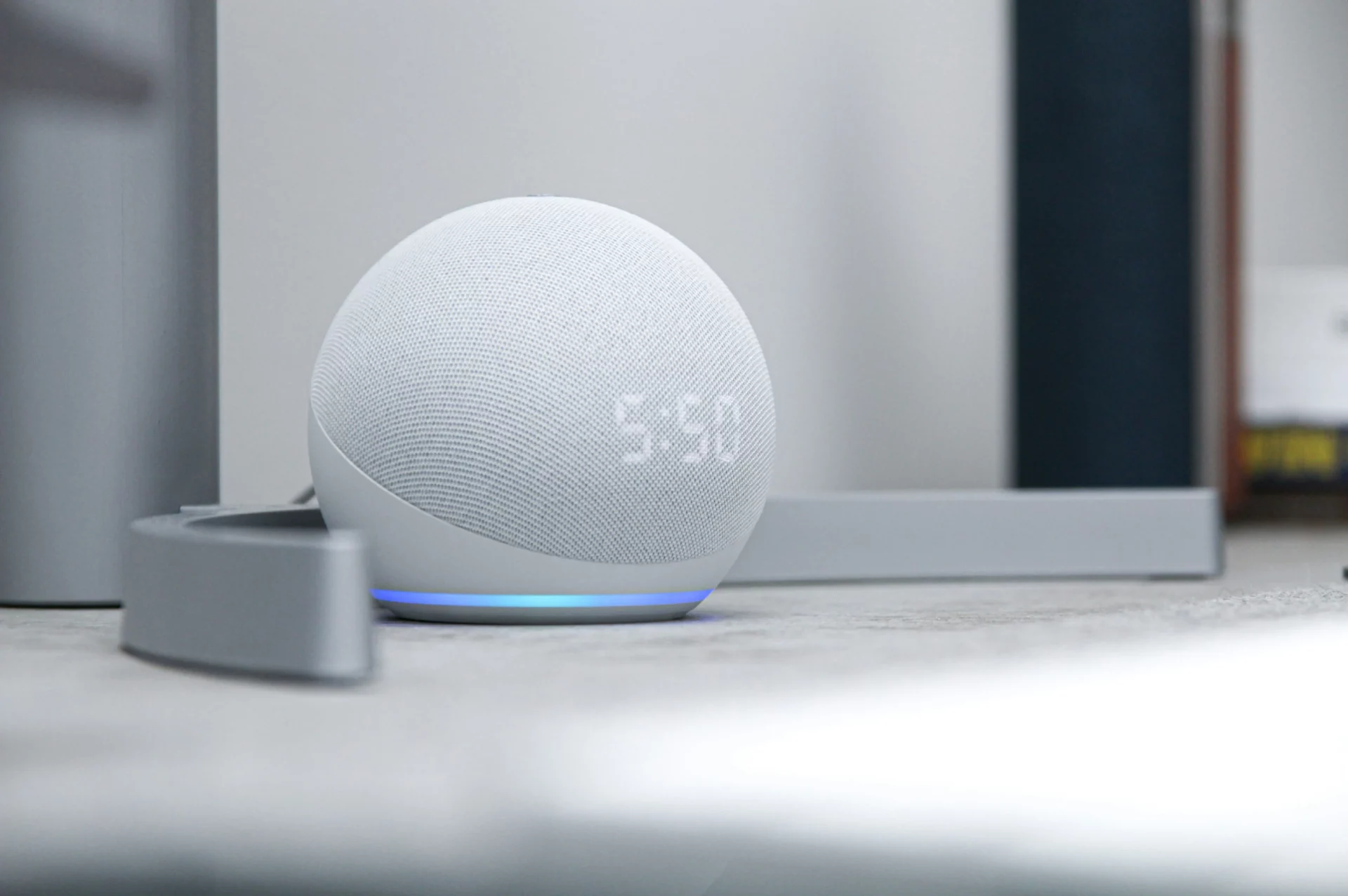Digital Assistant: A Comprehensive Guide
Table of Content
In today’s fast-paced world, where time is of the essence for managing tasks, scheduling, and accessing information, a dependable digital assistant is indispensable. This contemporary companion is reshaping our interactions with technology and daily routines.
From renowned platforms like Alexa, Siri, and Google Assistant, to emerging AI chatbots and automation tools, each offers a unique set of features tailored to cater to users’ needs and preferences. Whether you’re a busy parent juggling household chores or a professional aiming to optimize workflow, there’s a digital assistant perfectly suited to assist you.

What is a Digital Assistant?
A digital assistant, commonly known as an AI chatbot, is a software program powered by artificial intelligence. Its primary purpose is to comprehend natural language instructions and execute tasks on behalf of users. From setting reminders to sending messages and providing answers, these automation tools are adept at performing various functions efficiently and accurately.
Digital Assistants: Benefits
The benefits of digital assistants, AI chatbots, and automation tools include:
1. Time Efficiency:
By leveraging digital assistants, AI chatbots, and automation tools, individuals can streamline tasks such as setting reminders, scheduling appointments, and accessing information online, resulting in significant time savings and increased efficiency.

2. Error Reduction:
These automation tools and AI chatbots utilize advanced algorithms and automation capabilities to minimize the risk of errors in tasks such as calendar management, data entry, and transcription, thereby enhancing accuracy and reliability.
3. Improved Multitasking Abilities:
With the ability to handle multiple tasks simultaneously, these automation tools and chatbots enable individuals to manage various activities efficiently and effectively, hence enhancing multitasking capabilities.
4. Accessibility Features:
Digital assistants, AI chatbots, and automation tools offer accessibility features designed to cater to users with disabilities or special needs, ensuring that everyone can benefit from the convenience and assistance provided by these tools.
5. Enhanced Productivity:
Digital assistants, AI chatbots, and automation tools automate repetitive tasks, freeing up individuals to focus on more important responsibilities and ultimately boosting productivity.

Technologies behind digital assistants
The implementation of digital assistants and other AI chatbots involves several key components and processes:
Natural Language Processing (NLP):
Digital assistants and chatbots are built on advanced natural language processing algorithms that enable them to understand and interpret human speech or text commands. NLP algorithms analyze the input received from users and extract relevant information to fulfill their requests accurately.
Machine Learning (ML) and Artificial Intelligence (AI):
Digital assistants utilize machine learning and AI techniques to continuously improve their performance and adapt to user’s preferences and behavior over time. Through ML algorithms, digital assistants can learn from user interactions, refine their understanding of language nuances, and enhance their ability to provide relevant and personalized responses.
Voice Recognition Technology:
Many digital assistants offer voice-based interaction, requiring robust voice recognition technology to transcribe spoken commands into text accurately. Voice recognition algorithms process audio input, identify spoken words, and convert them into actionable commands that the digital assistant can understand and execute.

Cloud Computing Infrastructure:
Automation tools often rely on cloud computing infrastructure to process user requests, access relevant data and services, and generate responses in real time. Cloud-based architectures provide scalability, reliability, and accessibility, enabling chatbots to handle diverse tasks and accommodate fluctuations in user demand effectively.

Integration with Third-Party Services and APIs:
AI chatbots integrate with various third-party services, applications, and APIs to extend their functionality and provide users with access to a wide range of services and information. Integration with services such as calendars, email clients, and online databases allows digital assistants to perform tasks like scheduling appointments, retrieving information, and more.
User Interface Design:
Automation tools feature intuitive user interfaces that facilitate seamless interaction and communication with users. User interface design elements include voice prompts, visual feedback, text-based responses, and interactive dialogs that guide users through the interaction process and ensure a smooth and engaging user experience.

Privacy and Security Measures:
The implementation of digital assistants and AI chatbots includes robust privacy and security measures to safeguard user data and protect against unauthorized access or misuse. Overall, the implementation of digital assistants involves a combination of advanced technologies, including NLP, ML, voice recognition, cloud computing, and seamless integration with third-party services, all aimed at delivering intelligent, personalized, and efficient assistance to users in various domains of their daily lives.
Types of Digital Assistants
Digital assistants and automation tools come in various types, each with unique features tailored to specific platforms, devices, or applications. Here are some common types and features of digital assistants:
1. Personal Digital Assistants (PDAs):
PDAs are designed to assist individuals with personal tasks such as managing schedules, setting reminders, sending messages, making calls, and providing personalized recommendations. They often feature voice recognition, natural language understanding, and integration with personal calendars and email accounts.
2. Virtual Voice Assistants:
Virtual voice assistants are AI-powered software programs that respond to voice commands and perform tasks based on user requests. They can provide information on weather forecasts, news updates, and traffic conditions, and answer general knowledge questions. Popular virtual voice assistants include Amazon Alexa, Apple Siri, Google Assistant, and Microsoft Cortana.
3. Chatbots:
Chatbots are text-based digital assistants deployed on messaging platforms, websites, or mobile apps to engage with users via text-based conversations. They can assist with customer support, provide product recommendations, facilitate transactions, and answer frequently asked questions.

4. Smart Home Assistants:
Smart home assistants are integrated into smart home ecosystems and IoT (Internet of Things) devices to control connected appliances, lights, security cameras, and entertainment systems. They can be voice-controlled or app-controlled and offer features such as home automation, and voice-controlled entertainment.
5. Embedded Digital Assistants:
Embedded digital assistants are AI chatbots that are integrated into specific devices or applications to provide context-aware assistance and enhance user experiences. Examples include automotive assistants embedded in cars, virtual assistants in smartphones, and voice-activated assistants in smart speakers and wearable devices
FAQs
1. Should I be concerned about privacy and security while using digital assistants?
Digital assistants generally implement security measures like user authentication, data encryption, access controls, and compliance with regulations to safeguard user privacy. Users should read the privacy policy of the concerned digital assistant and, accordingly, should manage permissions and settings to ensure their information remains protected.
2. What are the differences between personal, voice, chatbot, smart home, and embedded digital assistants?
Personal assistants help with scheduling and messages, voice assistants respond to spoken commands, chatbots have text-based conversations, smart home assistants control appliances and systems, while embedded assistants provide context-aware help within specific devices/apps.
3. Why is cloud computing important for digital assistants?
Cloud computing provides the infrastructure for digital assistants to rapidly process user requests and access relevant data to generate responses in real time. The scalable, on-demand resources of cloud platforms allow for quick response times.
4. How do digital assistants understand conversational commands?
Digital assistants use advanced natural language processing algorithms to analyze spoken or text-based commands, interpret their meaning, and extract relevant information to determine the appropriate response or action. This allows them to comprehend diverse natural language inputs.
5. What are some examples of popular digital assistants like Alexa and Siri?
Some popular digital assistants include Amazon Alexa, Apple Siri, Google Assistant, Microsoft Cortana, Samsung Bixby, and smart home hubs like Amazon Echo and Google Home. These utilize voice recognition and natural language processing to understand spoken commands.







